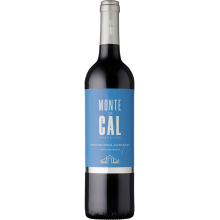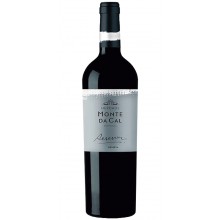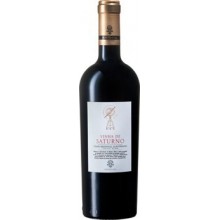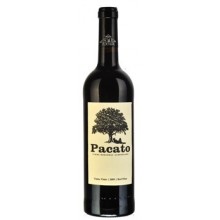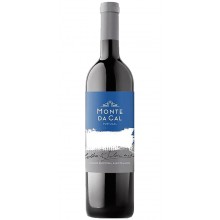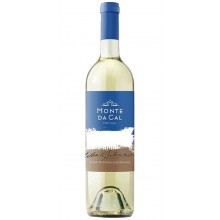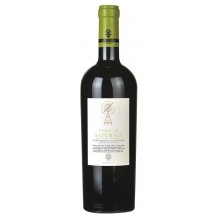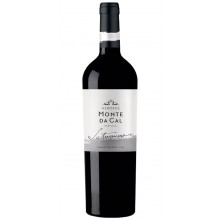List of products by brand Herdade Monte da Cal
Wine has been produced in this region since Roman times, after the foundation of Beja, between 31 and 27 BC, as evidenced by several ruins of mills and other facilities found in this region. Traditional winemaking in the region is inherited from Roman processes, such as fermentation in amphorae (large clay pots).
In 1221, D. Afonso II, through a Decree, orders the planting of vines in the region for the benefit of Évora.
It was only in the middle of the century. XVII that the wines of this region gained fame and prestige in Portugal, a situation that bothered Marquês de Pombal. This is because he was interested in the Douro region, which today is also one of the main wine producers in Portugal. So, he had the Alentejo vineyards uprooted, practically extinguishing them.
After that, several measures were taken to recover the wine area of this region. Among them is the foundation of the first Adega Social in Portugal. Later, the Alentejo Viticulture Project (PROVA) was created, supported by the Alentejo Wine Growers' Technical Association (ATEVA) and the Alentejo Regional Winegrowing Commission (CVRA).
The official demarcation of the region took place in 1988, when the region was faced with a large number of investments in the wine area.
Wine has been produced in this region since Roman times, after the foundation of Beja, between 31 and 27 BC, as evidenced by several ruins of mills and other facilities found in this region. Traditional winemaking in the region is inherited from Roman processes, such as fermentation in amphorae (large clay pots).
In 1221, D. Afonso II, through a Decree, orders the planting of vines in the region for the benefit of Évora.
It was only in the middle of the century. XVII that the wines of this region gained fame and prestige in Portugal, a situation that bothered Marquês de Pombal. This is because he was interested in the Douro region, which today is also one of the main wine producers in Portugal. So, he had the Alentejo vineyards uprooted, practically extinguishing them.
After that, several measures were taken to recover the wine area of this region. Among them is the foundation of the first Adega Social in Portugal. Later, the Alentejo Viticulture Project (PROVA) was created, supported by the Alentejo Wine Growers' Technical Association (ATEVA) and the Alentejo Regional Winegrowing Commission (CVRA).
The official demarcation of the region took place in 1988, when the region was faced with a large number of investments in the wine area.

